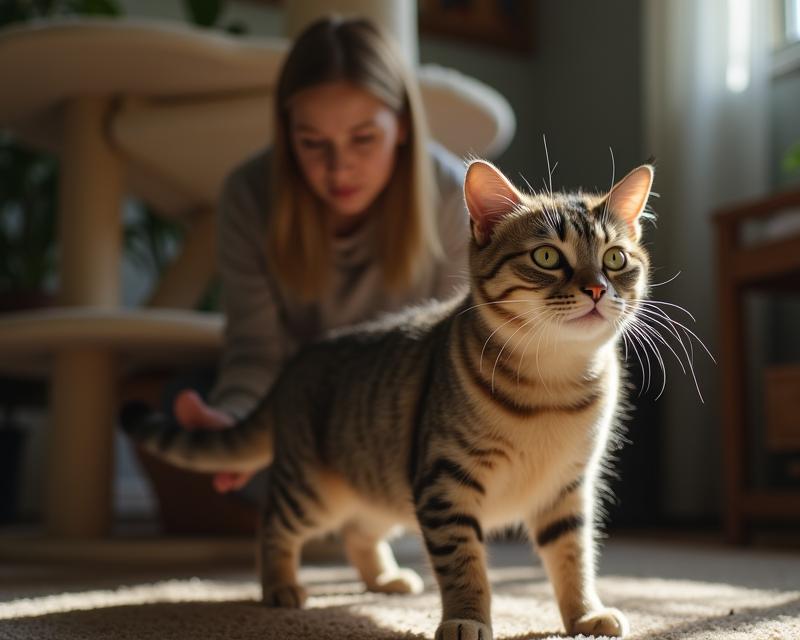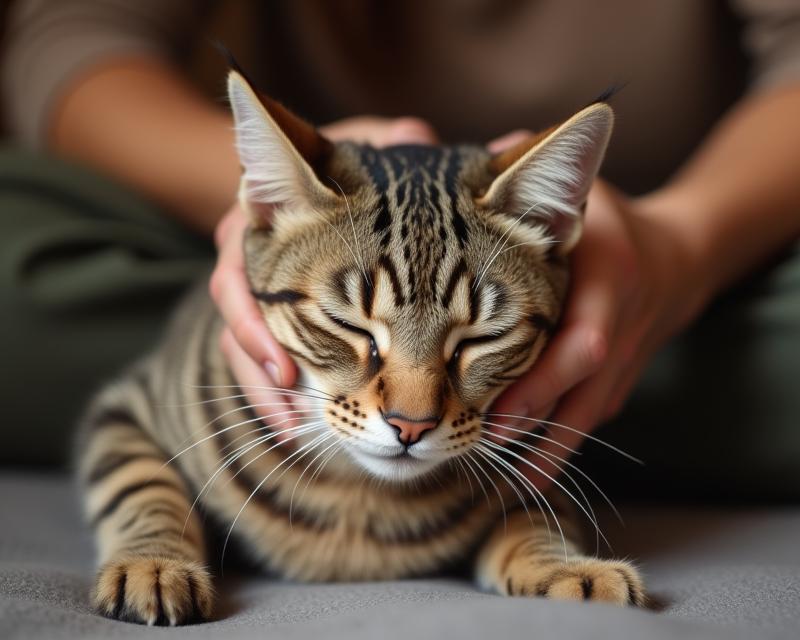Cat Tree Rescue: When to Seek Urgent Vet Care
Publish in Health el 28/06/2025 18:42
Cat Tree Rescue: When to Seek Urgent Vet Care
As loving cat owners, we want the best for our furry companions. Sometimes, even with the safest environments, accidents happen. One of the most concerning scenarios is when your cat experiences an injury while playing or exploring, especially on elevated surfaces like cat trees or perches. Knowing when a situation requires immediate veterinary attention can be the difference between a quick recovery and serious complications.

Imagine this: your cat is exuberantly climbing their favorite cat tree, enjoying the view from the top perch, and then… a sudden tumble. While a minor fall might result in a little shaken-up dignity, some falls can lead to significant injuries. Here are some key signs that warrant an emergency vet visit. First, watch for signs of pain: hissing, growling, reluctance to move, or a change in posture. Also, look for any visible injuries like limping, swelling, bleeding, or an obvious deformity. Even if your cat seems okay initially, internal injuries can be masked, making prompt veterinary care crucial.
Beyond obvious injuries, certain behaviors after a fall should raise red flags. If your cat is vomiting, has a loss of appetite, is lethargic (unusually tired), or is having difficulty breathing, seek immediate medical help. These symptoms could indicate internal trauma, such as a fractured rib, internal bleeding, or even a concussion. Don't hesitate to contact your veterinarian or an emergency animal hospital. It's always better to err on the side of caution when your cat's health is at stake.
Preventing falls is always the best approach. Ensure your cat tree is stable and placed in a safe location, away from potential hazards. Consider adding non-slip surfaces to the platforms. Supervise your cat during active play, especially if they are prone to clumsiness. Regular veterinary checkups are also essential for early detection of any underlying health conditions that might increase the risk of injury. By being vigilant and proactive, you can help keep your feline friend safe and sound, even during their most adventurous climbs!





